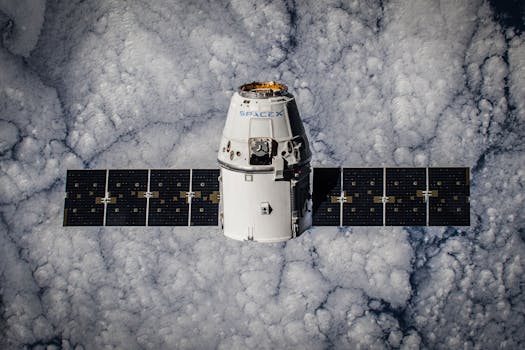The Future of Satellites: Revolutionizing Global Connectivity

The Future of Satellites: Revolutionizing Global Connectivity
The future of satellites is a topic of great interest and importance, as these orbiting devices play a crucial role in facilitating global communication, navigation, and remote sensing. With the increasing demand for high-speed data transmission, satellite technology is rapidly evolving to meet the needs of a connected world. In this article, we will delve into the current state of satellite technology, its future developments, and the potential impact on society.
Current State of Satellite Technology
Satellites have been in use for several decades, with the first artificial satellite, Sputnik, launched by the Soviet Union in 1957. Since then, thousands of satellites have been launched into space, providing a wide range of services, including television broadcasting, telecommunications, weather forecasting, and navigation. Today, satellites are an essential part of modern life, enabling global communication, facilitating international trade, and supporting economic growth.
There are several types of satellites, each designed for specific purposes. Geostationary satellites, for example, are used for television broadcasting and telecommunications, while low-Earth orbit (LEO) satellites are used for remote sensing and navigation. Medium-Earth orbit (MEO) satellites, on the other hand, are used for GPS and other navigation systems.
Future Developments in Satellite Technology
The future of satellites is exciting and rapidly evolving, with several developments on the horizon. One of the most significant advancements is the launch of satellite constellations, which involve a large number of small satellites working together to provide global coverage. Companies such as SpaceX, Amazon, and OneWeb are leading the charge in this area, with plans to launch thousands of satellites in the coming years.
Another area of development is the use of advanced materials and technologies, such as 3D printing and nanotechnology, to create smaller, lighter, and more efficient satellites. This will enable the production of more satellites at a lower cost, making them more accessible to a wider range of users.
Furthermore, the use of artificial intelligence (AI) and machine learning (ML) is becoming increasingly important in satellite technology. AI and ML can be used to analyze large amounts of data from satellites, providing valuable insights and enabling more efficient decision-making. For example, AI-powered satellites can be used to detect natural disasters, such as hurricanes and wildfires, and provide critical information to emergency responders.
Applications and Challenges of Satellite Technology
Satellite technology has a wide range of applications, from providing internet access to remote communities to enabling global navigation and remote sensing. Satellites are also used for weather forecasting, disaster response, and environmental monitoring. In addition, satellites play a critical role in the development of autonomous vehicles, providing the necessary navigation and communication systems.
However, there are also challenges associated with satellite technology, including the risk of space debris, signal interference, and cybersecurity threats. The increasing number of satellites in orbit is creating a growing problem of space debris, which can pose a significant risk to operational satellites and other space-based assets. Furthermore, the use of satellites for military purposes is raising concerns about the potential for conflict in space.
Conclusion
In conclusion, the future of satellites is rapidly evolving, with advancements in technology and increasing demand for global connectivity. As the number of satellites in orbit continues to grow, it is essential to address the challenges associated with space debris, signal interference, and cybersecurity threats. Nevertheless, the potential benefits of satellite technology are significant, and it is likely to play an increasingly important role in shaping the future of our connected world.




